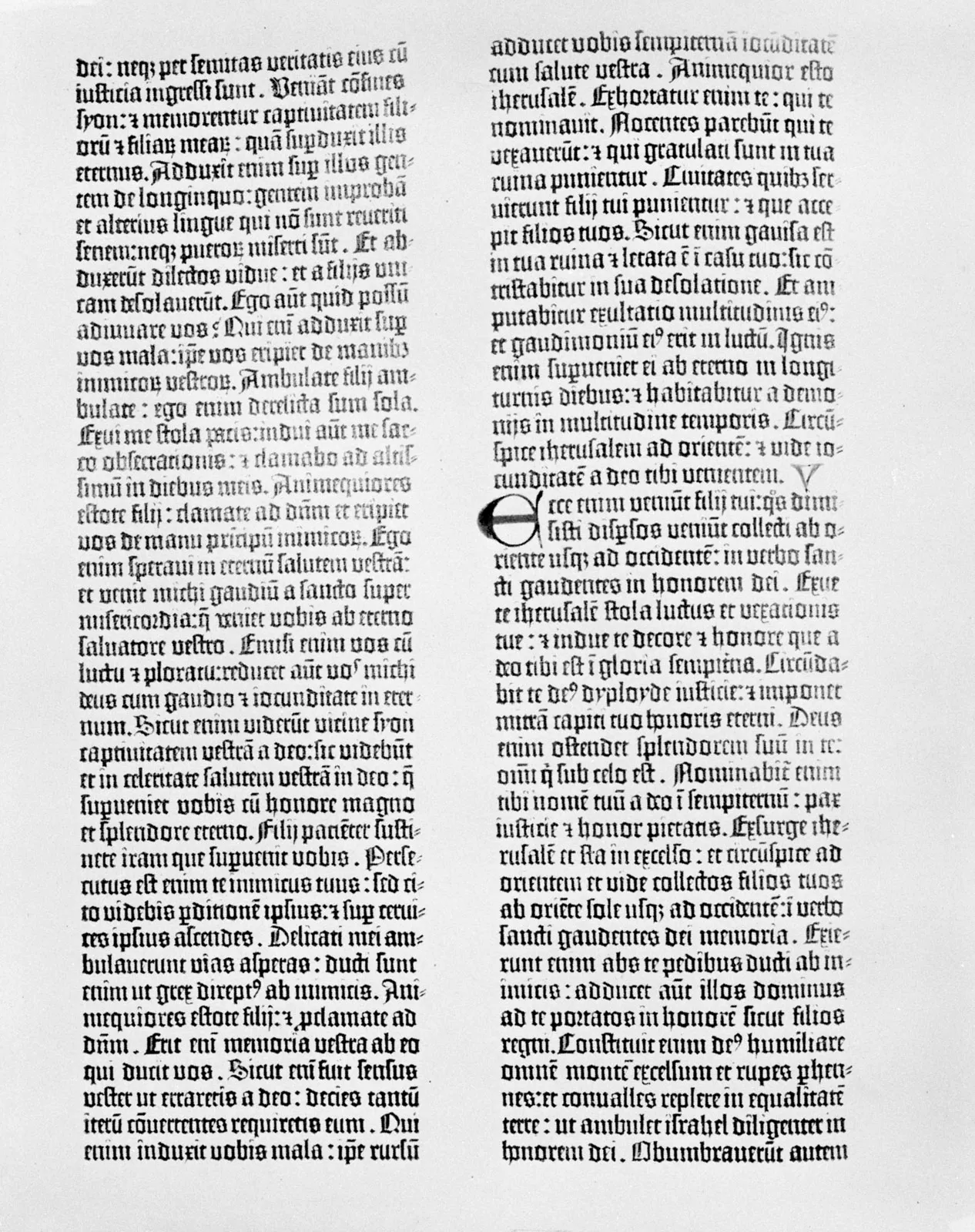
Introduction: The Evolution of Typography
Typography is the art and technique of arranging type to make written language legible, readable, and appealing when displayed. It has been an essential part of human communication for centuries, evolving from handwritten manuscripts to digital fonts. The history of typography is a fascinating journey that has seen the development of various printing techniques, typefaces, and design styles. In this article, we will explore the evolution of typography from the Gutenberg Revolution to Google.
The Gutenberg Revolution: The Birth of Printing
The Gutenberg Revolution, named after Johannes Gutenberg, was a significant turning point in the history of typography. Gutenberg, a German goldsmith, invented the printing press in the mid-15th century, which revolutionized the way books were produced. Before the printing press, books were handwritten by scribes, making them expensive and time-consuming to produce. Gutenberg’s invention made it possible to print books in large quantities, making them more affordable and accessible to the masses.
Gutenberg’s printing press used movable type, which allowed printers to arrange individual letters and symbols in a frame to create a page of text. This method was faster and more efficient than the traditional method of carving entire pages onto woodblocks. Gutenberg’s invention paved the way for the mass production of books, which led to an explosion of knowledge and ideas.
The Industrial Revolution: Mass Production and Standardization
The Industrial Revolution, which began in the late 18th century, brought about significant changes in the printing industry. The introduction of steam-powered presses and the use of paper made it possible to print books and newspapers on a massive scale. This led to the standardization of typefaces and the development of new printing techniques.
During this period, typography became more than just a means of communication. It became a form of art, with designers experimenting with different typefaces, layouts, and colors. The Industrial Revolution also saw the rise of advertising, which relied heavily on typography to attract customers.
The Modern Era: The Rise of Digital Typography
The 20th century saw the rise of digital typography, which revolutionized the way we create and consume printed materials. The introduction of computers and digital printing technology made it possible to create and manipulate typefaces with ease. This led to the development of new typefaces and design styles, such as Helvetica, which became a popular choice for modernist designers.
The rise of digital typography also led to the development of desktop publishing software, such as Adobe InDesign and QuarkXPress. These programs made it possible for designers to create professional-looking documents without the need for expensive printing equipment.
The Impact of Technology: From Desktop Publishing to Web Design
The advent of the internet in the 1990s brought about a new era of typography. Web designers had to consider factors such as screen resolution, browser compatibility, and load times when designing websites. This led to the development of web-safe fonts, which were designed to be easily readable on screens of different sizes and resolutions.
The rise of mobile devices in the 21st century has further changed the way we consume typography. Designers now have to consider factors such as responsive design and mobile optimization when creating websites and digital content.
Conclusion: The Future of Typography in the Digital Age
Typography has come a long way since the days of Gutenberg. From handwritten manuscripts to digital fonts, it has evolved to meet the changing needs of society. The future of typography in the digital age is exciting, with new technologies such as augmented reality and virtual reality offering new possibilities for designers.
As we move forward, it is essential to remember that typography is not just about aesthetics. It is a powerful tool for communication, capable of conveying emotions, ideas, and information. As the world becomes more digital, typography will continue to play a vital role in shaping the way we communicate and interact with each other.
